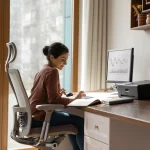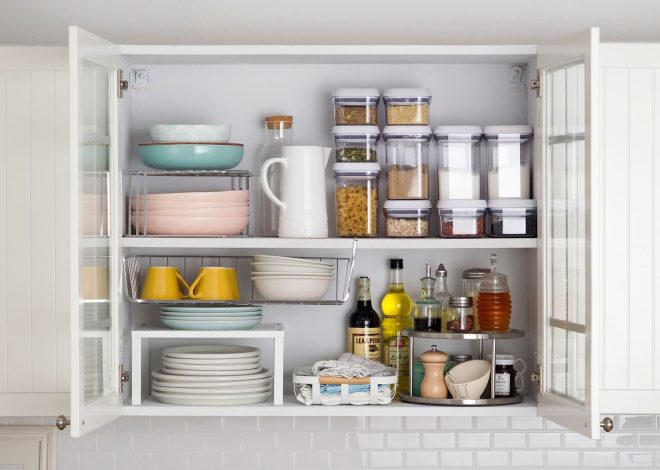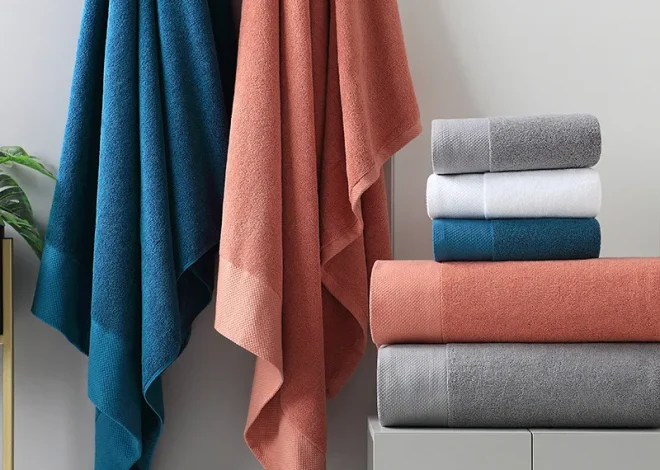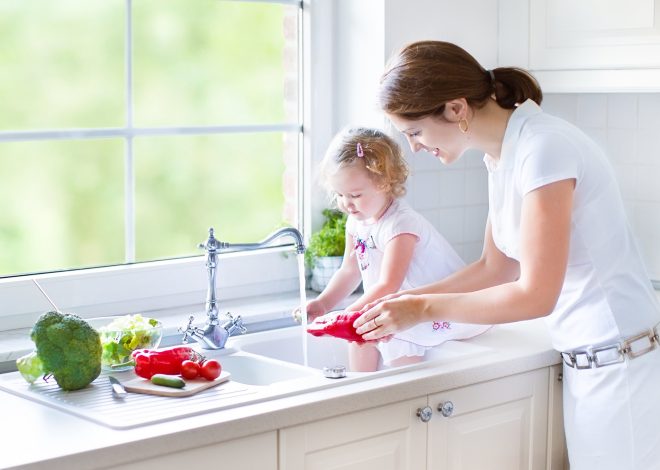Maximizing Small Spaces: A Practical Guide

Small living areas can be challenging to organize. A few extra items can easily make the space feel crowded and cluttered. It’s all about striking the right balance between keeping things organized and having enough room to move around. To achieve this, good storage solutions are essential, but you also need to leave enough open space to make the area feel inviting. Avoid overcrowding your space, as it can create a sense of being confined (unless you’re someone who enjoys a more maximalist approach, but that’s not the focus of this guide).
Through my personal experience of organizing my own home and assisting clients with optimizing their small spaces, I’ve accumulated a range of tips that can help transform a cramped space into something functional and aesthetically pleasing. To me, maximizing space is not just about practical storage but also about creating an environment that feels open, bright, and welcoming. Natural light, neutral tones, and smart use of materials can make a huge difference in how spacious a small room feels. Here are the key lessons I’ve learned:
1. Plan the Layout and Choose Furniture Wisely
Start by zoning your space. Defining areas for specific activities, such as sleeping, relaxing, and working, will help you use the available space efficiently. For example, place the bed in a darker corner, position the sofa in the lightest spot, and keep the desk under shelves. Zoning your space like this adds purpose to each area, helping the entire space work more cohesively.
When selecting furniture, opt for lighter designs with a minimalist appearance. Avoid bulky, heavy pieces. Look for sofas with narrow legs, slim coffee tables, and chairs that have delicate profiles. Furniture that allows you to see the floor beneath it creates the illusion of more space. A round table with minimal legs or a wall-mounted shelving unit can also help reduce visual clutter.
2. Less is More – Choose Bigger Pieces
Instead of cluttering your space with a variety of smaller items, choose a few larger pieces that can act as focal points. For example, go for one large L-shaped sofa instead of two smaller ones, or a big rectangular coffee table instead of multiple side tables. When it comes to rugs, opt for a larger size to create a more expansive feel. A bigger rug will make the space feel more grounded and connected. You can even place furniture partially on the rug to help define the space and create a cohesive look.
In small spaces, furniture with a slim profile works best. Look for pieces that don’t take up too much depth so they can fit into narrow or awkward areas.
3. Embrace Negative Space
Negative space, or the space around objects, is just as important as the objects themselves. Avoid pushing furniture right up against the walls. Leaving a small gap between the furniture and the walls creates the illusion of more space and depth. This trick works especially well in smaller rooms.
When styling shelves or surfaces, don’t feel compelled to fill every inch. Leave some shelves empty or with fewer objects to create a more organized and deliberate look.
For furniture like coffee tables or side tables, choose materials like glass or acrylic, which allow the eye to pass through them. This reduces their visual weight and makes the space feel less crowded.
4. Let in the Light
Maximize natural light wherever possible. In spaces with limited or no windows, consider installing glass panels or replacing solid walls with Crittall-style windows to let more light in. You can also consider eliminating doors between rooms or opting for an open-plan layout to improve the flow of light throughout your home. Use light, sheer curtains or leave windows uncovered to allow daylight to flood in.
Be mindful of radiator placement, as they can obstruct your layout. Contemporary, slimline radiators can fit into tight spaces, making them perfect for small kitchens and bathrooms.
5. Flexibility is Key
In a small space, flexibility is essential. Look for furniture that can serve multiple purposes and offer hidden storage solutions. A bookcase that doubles as a desk, a foldable dining table, or an ottoman bed that provides additional storage are all excellent choices. These types of adaptable items help you make the most of your space and allow it to transform quickly to suit your needs.
6. Use Color to Your Advantage
Mirrors are fantastic for adding light and depth to small spaces. Position them to reflect attractive views, such as artwork or scenic outdoor spaces, rather than less appealing areas like cluttered countertops.
Light colors, especially whites and soft neutrals, make a space feel brighter and more spacious. However, be cautious with using pure white in rooms with limited natural light, as it can make the space feel cold. Instead, consider soft gray or light beige. Dark colors, on the other hand, can create depth but should be used carefully, especially in smaller rooms.
Another trick is to paint both the walls and the ceiling the same color, which can make the room feel taller. This technique also works when you paint the skirting boards and window frames in the same color as the walls, helping to blend the surroundings into the background.
7. Display Art and Organize Objects Thoughtfully
When it comes to displaying art or objects in small spaces, you can use the positioning to create the illusion of height. Position art lower on the walls to create a sense of distance between the pieces and the ceiling. Alternatively, arrange multiple items in a gallery wall that extends upwards, guiding the eye toward the ceiling.
Try to keep items in designated areas instead of spreading clutter throughout the space. This helps organize the room and provides focus. Use shelves or ledges to display collections of art or accessories but ensure you leave some empty space to prevent the room from feeling overcrowded.
8. Look Up – Use the Full Height of the Room
Don’t forget to think vertically. Use wall space for additional storage or display. Wall-mounted shelves or high cupboards can help store items out of sight while maintaining floor space. For example, you could place shelves above a sofa for books or use the space between a door and the ceiling for additional storage.
By thinking about height and elevation, you can utilize the full potential of your space, reducing the need for bulky furniture and making the room feel less cramped.
9. Make It Yours
Finally, remember that small spaces can still be highly personalized. The most important thing is to make the space work for you and reflect your style. While these space-saving tips can be helpful, don’t forget to infuse your personality into the design. After all, it’s your space, and it should feel like home.













